Growing and caring for winter garlic
In the middle lane, planting garlic before winter can be carried out at different times every year. This is mainly due to the unpredictability of the weather in the fall. However, experienced gardeners are advised to start planting from the end of September, focusing on the temperature regime. It is recommended to plant this crop in the fall, 25-30 days before the time when stable cold weather sets in. During this period, the garlic has time to take root, but its leaves and stems have not yet germinated. If the planting technology is followed and the necessary care is taken, then a rich harvest can be expected.

Spring and winter crops
It is important to know the differences between spring and winter crops. The first type is planted in early spring, and the second - in the fall, by the onset of winter. Most gardeners prefer winter garlic. But you can grow both.
How to distinguish spring garlic from winter garlic at first glance? The denticles in the first species are smaller. In winter garlic, the cloves are in one row around the stem. In spring species, stemless varieties can be found.
In addition, the differences between spring and winter bulbous plants lie in the methods of their reproduction. The winter species reproduces with the help of air bulbs on arrows or cloves. The other species does not form bulbs, so it can only be propagated by teeth. Both types of garlic require approximately the same care, growing winter garlic is similar to growing spring garlic.
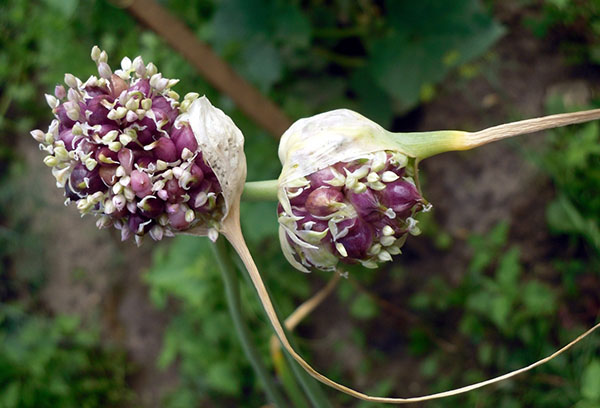
Features of winter garlic
The technology for growing this culture is simple, but you should know several requirements and nuances, as well as carry out the necessary care. For this culture, soil fertility is very important. It is recommended to plant winter bulbous plants on highly fertile loamy or sandy loamy soils. It is important that the acidity of the soil is neutral or close to it.
This bulbous plant is good for gardening because its leaves and head have the ability to repel pests. So, this culture is able to partially drive slugs, caterpillars and borers out of the garden. When moles appear on the site, it is also recommended to plant winter garlic, as it can scare these animals away.
It is preferable to plant winter garlic in a separate garden bed in the fall. If there is no extra space in the garden, then you can take a place in one garden bed for both garlic and other plants. The most favorable neighbors for garlic are flowers (roses, daffodils, gladioli and tulips). This culture is able to protect the leaves and stems of the rose from spotting. You can also plant strawberries, onions, potatoes near these bulbous plants, raspberries, black currant and gooseberry... It is not recommended to plant cabbage, peas or beans on the same bed with garlic: it is able to inhibit the growth of these plants. However, cabbage and legumes are excellent precursors for garlic.
Advice
It is not recommended to plant garlic in the same garden for several years in a row. But when 3 or 4 years have passed since the last planting on a bed of garlic, then this culture can be re-planted in the same place.
Preparing for landing
The first step is to decide whether the garlic will be planted with bulbs or chives.
For planting with teeth, the following procedures should be carried out.
- Sorting. It is necessary to sort the teeth by removing small and sick ones. Irregularly shaped teeth and those that have cracks on the bottom are not suitable for planting. For planting in the ground, only dense and large teeth with an intact shell should be selected.This will facilitate further care.
- Disinfection in ash liquor. To prepare lye, you need to mix 0.4 kg of ash with 2 liters of water. The resulting solution should be boiled for 30 minutes, and then cooled and kept in it for 2 hours the cloves.
Arrows with bulbs should be well dried before planting, separating the leaves. It is worth planting only large bulbs. Small and sick crops can produce poor harvests.
Growing and care
Many gardeners are interested in when to start planting winter crops. Planting winter garlic is recommended in the fall, late September - early October. In this matter, the timeliness of landing is important. For example, when a crop is planted too early, its winter hardiness may decrease. In the case of late planting, the teeth may not have time to take root before the onset of frost.
When should you start preparing the planting site? It is better 2 weeks before this procedure. Such a time period is allotted so that the soil has time to settle. Before planting, it is necessary to make grooves in the soil. Their bottom should be lined with a layer of coarse sand. In the absence of sand, it can be replaced with ash. A layer of ash or sand must be arranged with a thickness of 1.5 to 3 cm. This procedure is carried out in order to prevent the contact of the cloves with the soil, thus protecting them from decay.
It is recommended to plant the winter type of bulbous plants in rows, leaving a distance of 20-25 cm. In a row, gaps should be made between small teeth of 8-10 cm and 12-15 cm between large ones. It is recommended to bury the teeth in the ground by an amount of 15 to 20 cm. This planting depth is suitable for loose soils.
When planting bulbs, they should be buried in the ground up to 3 cm and use the same planting pattern.
It is also recommended to mulch the beds - this will protect the plantings from the effects of cold weather. Mulch should be arranged in a layer of 1.5-2 cm. Mulching can be carried out using a mixture of sawdust with soil or peat. With the onset of cold weather and the absence of snow cover, it is recommended to cover the bed with roofing material or a film coating. The protective cover must be removed as soon as the snow falls on the ground.
Winter crops are extremely cold resistant. She is able to withstand and -20 degrees Celsius. However, when colder temperatures hit, the garlic can freeze out despite leaving.
Crop care includes standard procedures: regular watering, feeding with a variety of fertilizers and loosening the soil. Loosening should be done to a depth of 3-4 cm, and then mulch the soil with moist peat or humus. Watering is an integral procedure that must be included in the care of the crop. Plants should be watered every week, spending up to a bucket of water per 1 square meter of soil.
Cleaning times
Novice gardeners are interested in when to harvest winter garlic. Shooting bulbs must be harvested when their lower leaves turn yellow. The optimal harvest time is 100-110 days from the moment the first leaves appeared. Winter garlic finally ripens approximately at the end of July.
Signs indicating that the garlic planted before winter is ripe:
- the bulb is covered with dry thin scales;
- widespread softening of the leaves begins, they turn yellow;
- softening of the neck begins at the place where the false stem fits.
However, one should not confuse the yellowness of the leaves, indicating that it is possible to harvest, with the case when they turn yellow from diseases... In the second case, the culture needs special care and the fight against the causative agent of the disease. For a sample, you can dig a couple of heads of garlic, remove the leaves and check if the culture is ripe. If not yet, then it is recommended to wait a little longer, and if it is ripe, to start digging out the beds. After harvesting, the heads of bulbous plants should be separated and put to dry, and the leaves and stems should be thrown into the compost pit.
Outcome
Garlic is a fairly popular crop that has gained recognition due to the fact that it does not require special care and is easy to grow. Garlic is extremely unpretentious; this quality is also very much appreciated by gardeners.
The harvest of garlic can be stored for a long time without spoiling or decaying. After harvesting, it can be kept under a canopy until the onset of cold weather. Then the heads of garlic are usually transferred to baskets for winter storage.
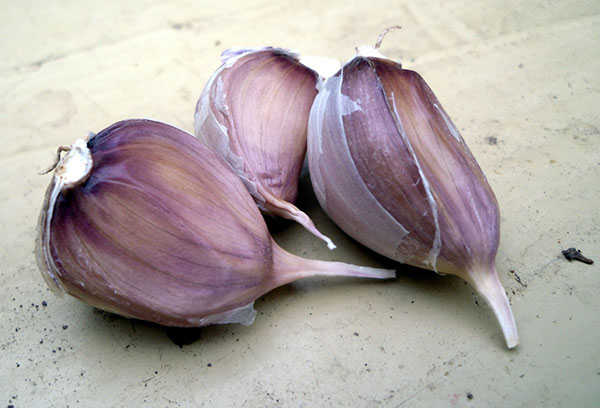
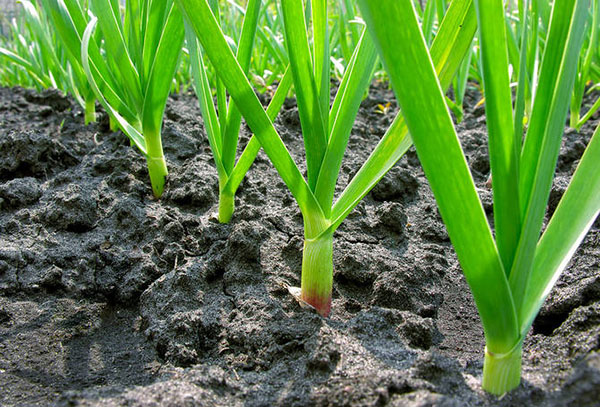
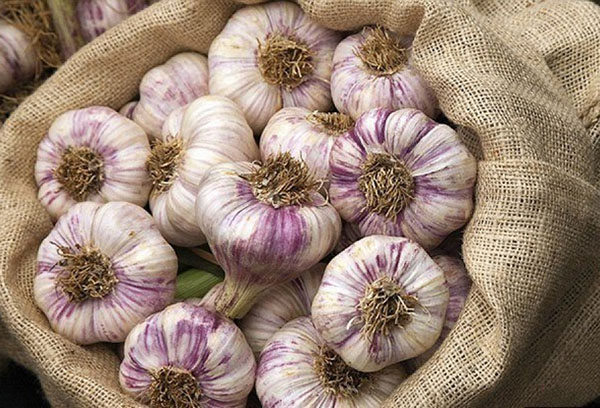

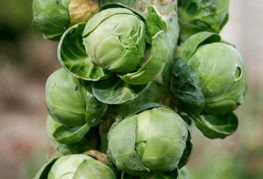
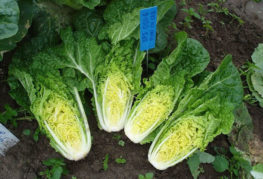
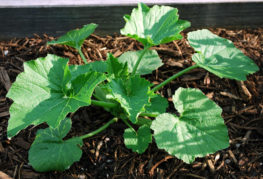
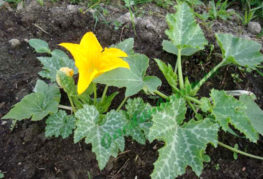
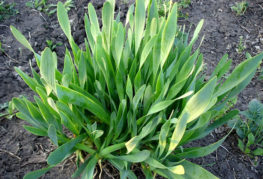

and will be published shortly.